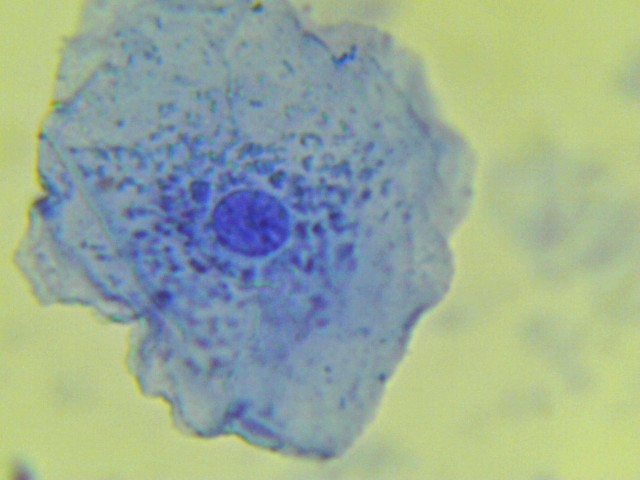A cell can only fall into two categories: prokaryotic and eukaryotic. In eukaryotic organisms, the genome is enclosed in the nucleus, which is compartmentalized from the cytoplasm. In a groundbreaking discovery, biologists identified a new cell organelle that plays an important role in removing foreign DNA from the cell nucleus.

The New Mini-Organ
At the Institute of Biochemistry at ETH Zurich in Switzerland, a team of scientists discovered a compartment in mammalian cells. The previously unknown compartment is located in the cell plasma, which makes it exceptional, considering that the DNA in eukaryotic cells is kept in the cell nucleus.
In this study, experts discovered that cells possess the ability to differentiate between their DNA and foreign DNA. They can determine if DNA is still needed or no longer required, removing the latter from the nucleus. This process is considered an important role cells perform to protect their chromosomes.
The protein responsible for this DNA differentiation was found to bind to DNA rings. It triggers a signal cascade that produces and releases inflammatory messenger substances in the cells. The signal alerts the body of a potential invader, such as a virus, and triggers an immune response. The protein can also latch onto the DNA rings in a new exclusome compartment.
The exclusome serves as a mini-organ organized into plasmids, or small, circular DNA strands with the ability to replicate independently of chromosomes. Some of the plasmids present in this new organelle originate from outside the cell, giving the impression that it might have originated during early evolution when eukaryotic cells emerged. Aside from this, the exclusome envelope also includes gaps reminiscent of the early stages of the nuclear envelope formation.
READ ALSO: Nuclear Pore Complex: Cell Nucleus Is Crucial to Healthy Aging [Study]
Biological Sentinel
Despite the groundbreaking revelations surrounding the exclusome, its exact role and functions are still not yet fully understood and remain a subject of ongoing studies. However, scientists believe this organelle may have a protective function where it guards the genetic integrity of the cell. This role seems to be one of the key hygiene functions performed by cells to protect the chromosomes, according to Ruth Kroschewski from ETH Zurich.
Plasmids that cannot be separated are believed to get embedded in the chromosomes. There is also a possibility that the nuclear plasmid genes of viruses or bacteria are translated into proteins, disrupting the cell physiology. Exclusion seems to prevent this event from happening and, therefore, plays a critical role in cellular immunological memory.
Furthermore, the exclusome is assumed to have implications for autoimmune responses like systemic lupus erythematosus. The presence of plasmids within the exclusome also remains unclear since it was shown that only the chromosomal DNA is enclosed within a fully formed nuclear envelope. Cell biologists at ETH plan to unveil this mystery by examining cellular changes in the plasmid DNA and the "license" for depositing plasmids into the exclusome.
RELATED ARTICLE: Scientists Unlock Mysterious Mechanism of Centromeres That May Enable Stress-Resistant Organisms
Check out more news and information on Cell Nucleus in Science Times.














